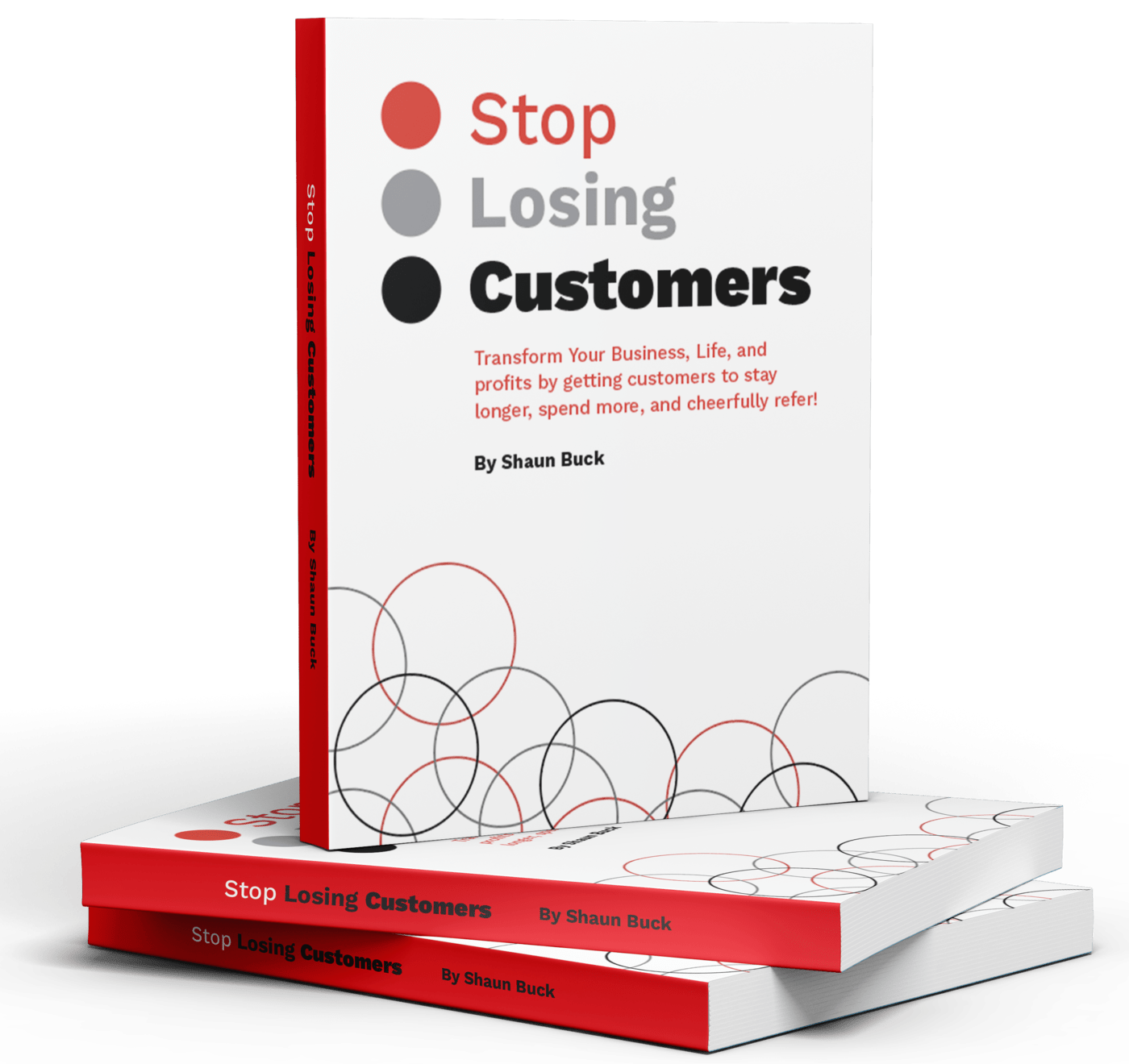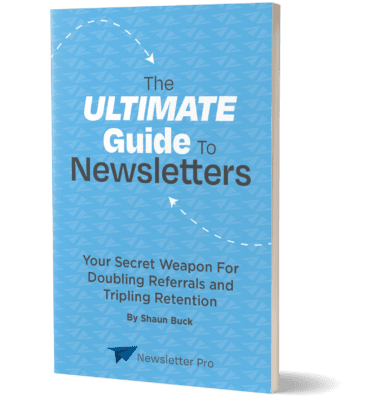In a world filled with social media, video content, and short attention spans, email might seem like an outdated tool for reaching supporters. But don’t be fooled—email is still one of the most effective, budget-friendly ways nonprofits can connect with their audience. According to multiple studies, email delivers a return on investment (ROI) of up to $36 for every $1 spent. For nonprofits, this means email newsletters aren’t just optional—they’re essential.
The real question isn’t whether nonprofits should use email newsletters. It’s how they can use them strategically to boost donations and amplify awareness. So let’s break it down.
1. Newsletters Are Your Mission’s Megaphone
At its core, a nonprofit exists to drive social change or address a pressing need. But your mission doesn’t speak for itself—you have to speak for it.
Email newsletters let you do just that, directly in your supporters’ inboxes. Unlike social media posts that disappear in a feed within minutes, emails stick around. They give you the space to tell your story, show the impact of your work, and invite people to be part of your mission.
Pro Tip: Make storytelling your superpower. Share real-life stories of people or communities your nonprofit has helped. This emotional connection is the key to driving action.

2. Segmenting Your Audience for Smarter Campaigns
Not every supporter is at the same place in their journey with your nonprofit. Some are first-time donors, others are long-term volunteers, and many are just learning about your cause. That’s why segmentation matters.
By organizing your email list into segments (e.g., new subscribers, lapsed donors, monthly givers), you can tailor your messages to fit their level of engagement and interests. This increases the relevance of your content, which in turn boosts open rates, click-through rates, and ultimately, donations.
Real-World Example: An animal rescue nonprofit could send one version of their newsletter to volunteers, another to donors, and a third to people who’ve attended recent events.
3. Strong Calls to Action: Don’t Just Inform—Inspire
A newsletter without a call to action (CTA) is like a story with no ending. Your CTA is where you ask readers to do something—donate, volunteer, sign a petition, or share the email.
But here’s the catch: your CTA needs to feel like a natural next step, not a hard sell. Use urgent, emotional language tied to the content of your email. And make it visually stand out—think buttons, not just links.
Example CTAs That Work:
- “Help Save 100 More Dogs—Donate Now”
- “Be a Hero in Someone’s Story—Give Monthly”
- “Spread the Word—Forward This Email”
4. Showcase Impact With Numbers + Narrative
People want to know their donations matter. Use your newsletter to show them the real-world impact of their support. But don’t just throw stats at them—pair numbers with narratives.
For example, instead of saying “We raised $50,000,” say “Because of your support, 50 kids received school supplies for the entire year. That’s $1,000 per child—and a future made brighter.”
Bonus Tip: Include before-and-after stories, testimonials, or mini case studies to bring your data to life.
5. Consistency Builds Trust and Keeps You Top of Mind
Donors don’t wake up one day and decide to give $1,000—they do it after building a connection with your organization over time. Email newsletters help maintain that relationship.
A consistent schedule (e.g., monthly or bi-weekly) keeps your nonprofit top of mind and reinforces your mission. Plus, regular communication builds trust—especially when it’s transparent and value-packed.
What to Include in a Regular Newsletter:
- Updates on projects
- Upcoming events
- Volunteer spotlights
- Donation impact stories
- Ways to get involved
6. Use Metrics to Guide the Message
You can’t improve what you don’t measure. Use your email service provider to track open rates, click-through rates (CTR), bounce rates, and conversions. This tells you what content resonates—and what doesn’t.
If your “donate now” buttons aren’t getting clicks, test different wording, placement, or colors. If one subject line has double the open rate of another, analyze why and replicate that style.
A/B Testing Ideas:
- Subject lines (e.g., “Join Us” vs. “You’re Making a Difference”)
- CTA wording (“Give Now” vs. “Be the Change”)
- Newsletter layout and design

7. Design Matters—More Than You Think
While content is king, design is its throne. A well-designed newsletter is easier to read, more visually appealing, and more likely to get engagement.
Stick to clean layouts, strong branding (colors, logo), and mobile-friendly formatting. Most people check email on their phones, so keep copy concise, use big CTA buttons, and make sure images load quickly.
Design Do’s:
- Use hierarchy (headlines, subheads, body text)
- Incorporate whitespace
- Highlight your CTA in bold colors
Conclusion: From Inbox to Impact
Email newsletters aren’t just another item on a nonprofit’s to-do list. When done right, they’re a direct pipeline to deeper supporter relationships, greater awareness, and increased donations.
The key is to treat your newsletter like the strategic tool it is. Personalize it. Optimize it. Use it to tell stories, celebrate wins, and invite readers to be part of the change.
For nonprofits looking to grow sustainably without blowing their budget, there’s no better channel than email. So hit “Send”—and turn those messages into momentum.
Contact Newsletter Pro today, and transform your nonprofit’s email marking.






